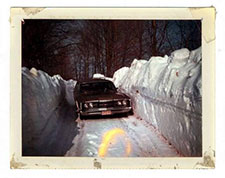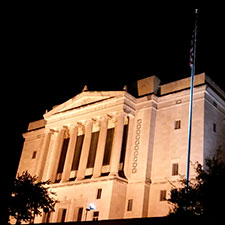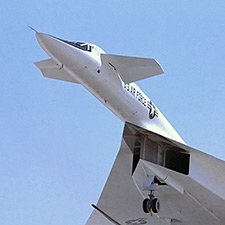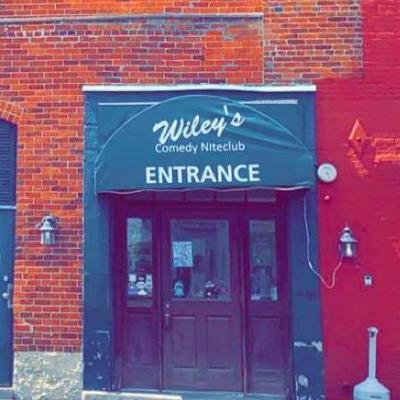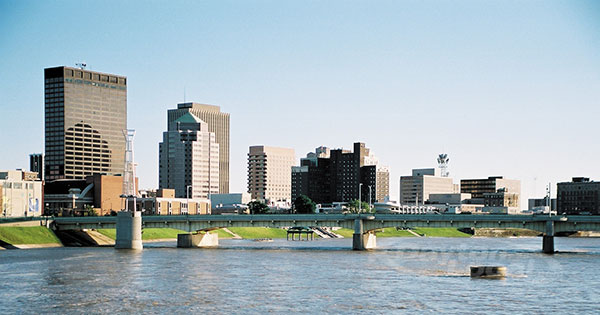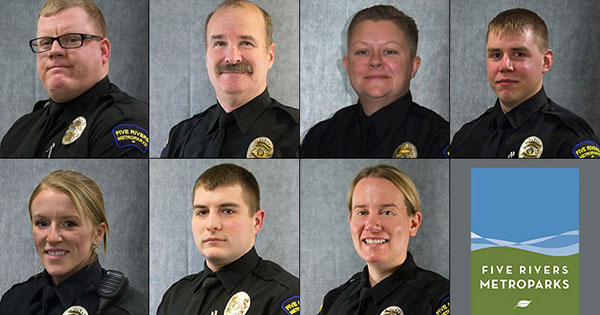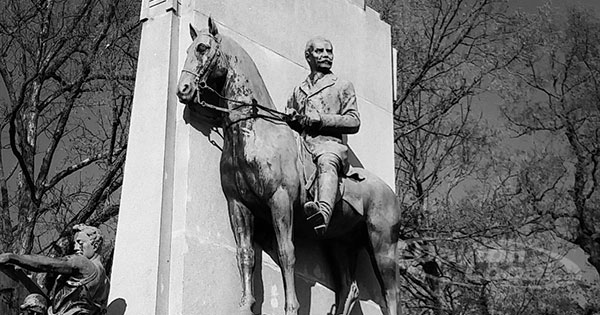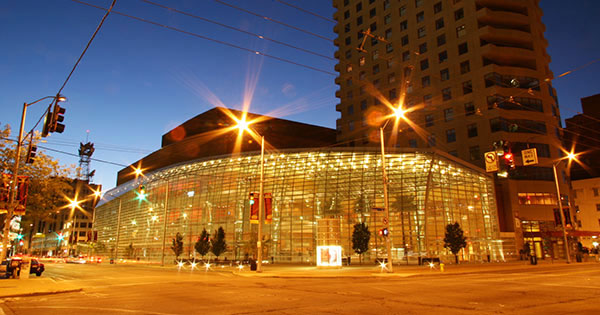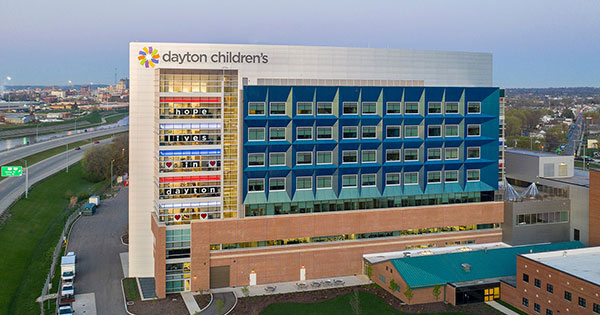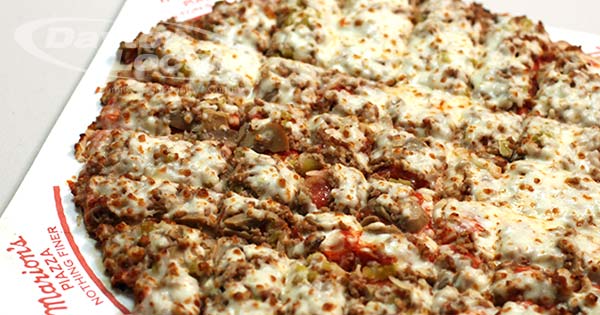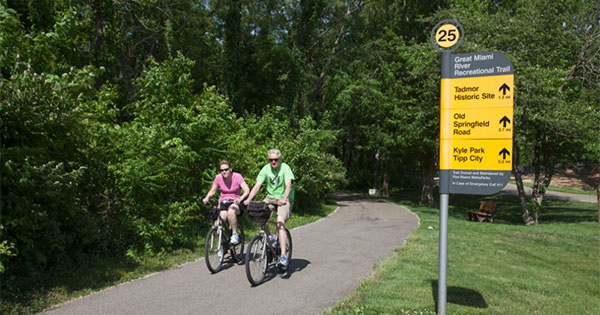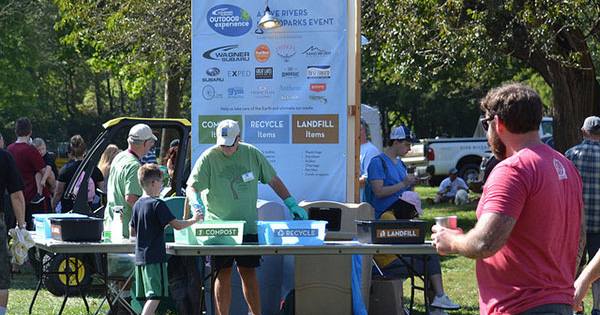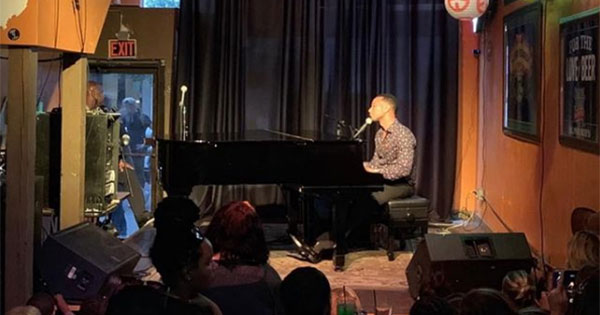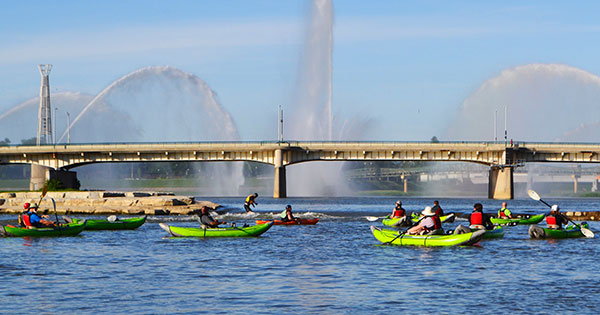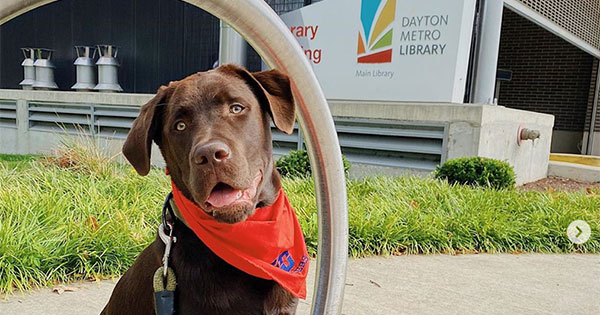The stories behind Dayton street names
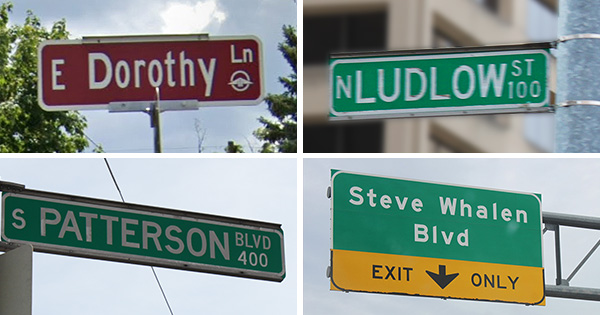
What's in a Dayton street name? From Alex-Bell to Watervliet, we reveal the history and the people behind familiar, yet curious street names around Dayton.
The stories behind Dayton street names
Have you ever looked at a street sign and wondered where the name came from? We reveal the history and the people behind some familiar, yet curious street names around the Dayton area.
Alex-Bell Rd
Alex-Bell was originally a route that connected Alexandersville to Bellbrook. Alexandersville was a small town in Montgomery County located north of West Carrollton and south of Moraine. Alexandersville was incorporated into West Carrollton in 1943.
Brown St
Brown Street is named after Thomas Brown, a brick maker who arrived in Dayton in 1828. His brickyard was located at the east side of Brown Street close to the center of the Oregon Historic District.
Burton Ave
Burton Avenue off N. Main in Dayton is named for Ohio Senator Theodore Burton (1851-1929). Burton was known for his work in preserving Niagara Falls, and for his opposition to wasteful waterways projects.
Dorothy Ln
John H. Patterson, founder of National Cash Register Company (NCR) had a daughter called Dorothy, who loved to ride her horse along a dirt path that Patterson affectionately called "Dorothy's Lane". The rest, as they say, is history.
Edwin C. Moses Blvd
Olympic champion, physicist and drug testing pioneer, Edwin C. Moses was born in Dayton in 1955. Moses won gold medals in the 1976 and 1984 Olympics. In 1984, Miami Boulevard West and Sunrise Avenue was renamed "Edwin C. Moses Boulevard".
Far Hills Ave
Far Hills Avenue got its name from the "The Far Hills" estate, land originally owned by John H. Patterson's paternal grandfather Colonel Robert Patterson. In 1895, John H. Patterson used part of his fortune to build a home on the outskirts of Dayton. That home included a gate lodge at the Oakwood Ave. / Lebanon Turnpike (now Far Hills Ave.) intersection.
Forrer Blvd
Forrer Boulevard in Kettering is named for Samuel Forrer (1793-1874), a civil engineer who was instrumental in the building of the Miami-Erie Canal in Dayton. Forrer is buried at Woodland Cemetery.
James H. McGee Blvd
James H. McGee (1918-2006) was a civil rights attorney, and served as the first African-American (and longest-tenured) mayor of Dayton. In 1988, Western Avenue in Dayton was renamed "James H. McGee Boulevard". McGee is buried at Woodland Cemetery.
Ludlow St
Ludlow Street in downtown Dayton is named after Israel Ludlow (1765-1804), a government surveyor who helped found the city of Cincinnati, and who in 1795, along with Governor Arthur St. Clair, Jonathan Dayton, and William McMillan also helped plan Dayton, Ohio.
Patterson Blvd
You might guess that Patterson Boulevard is named after John Henry Patterson (1844–1922), founder of the National Cash Register Company (NCR) who helped popularize the modern cash register. You may not know that Patterson Boulevard occupies a former section of the Miami and Erie Canal's route through downtown Dayton, and that Patterson was a leading proponent of filling in the canal in order to turn it into a modern roadway.
Schantz Ave
Schantz Avenue is named after local brewer Adam Schantz, Sr. (1830-1903). Schantz, a German immigrant, founded the Riverside Brewery with his brother in 1882, and later became a partner in several local breweries. Schantz wanted to turn land he owned in modern-day Oakwood into a desirable residential district. Although he did not live long enough to see it, that development is what we now know as the Schantz Park Historic District. Schantz is buried at Woodland Cemetery.
Shakertown Rd
Shakertown Road runs past the location of the former Watervliet Shaker Village (1806-1900). You'll find a historical marker near County Line and Research that explains the community was named for the first Shaker settlement in New York of the same name.
Shroyer Rd
Shroyer Road is named for John Shroyer (1794-1876). Shroyer moved to Ohio from Maryland in 1810, and was an early settler in the Dayton area, with more than 400 acres at the heart of modern day Oakwood. John Shroyer and his wife Elizabeth are buried in David's Cemetery.
Spinning Rd
Despite the apparent misspelling, Spinning Road in Riverside is believed to be named after Isaac Spining (1759-1825). Spining was a Colonel in the Revolutionary War, and later became a Judge in the early years of Dayton. Spining is buried at Woodland Cemetery.
St. Clair St
St. Clair Street is named for General Arthur St. Clair (1737-1818), who was made governor of the Northwest Territory in 1788, including the portion that would become Ohio.
Steve Whalen Blvd
On March 21 1991, while attempting a traffic stop on Xenia Avenue, Dayton police officer William Steven Whalen was shot and killed in the line of duty with an AR-15 rifle. In 1992, the former Hamilton-Wyoming Connector was renamed Steve Whalen Boulevard in his honor. Steve Whalen was 38 years old.
Watervliet Ave
Watervliet Avenue is named for the same Watervliet Shaker Village community as Shakertown Road - scroll back up if you missed it!
Wayne Ave
Wayne Avenue is named after "Mad" Anthony Wayne (1745-1796), a US Army general and statesman. In 1794, his forces defeated the Western Confederacy at the Battle of Fallen Timbers, a decisive victory for the U.S. forces ending the war. Other local tributes to Wayne include the former Wayne Township, Mad River Rd, Mad River Township, and the village of Waynesville, Ohio.
Zeigler St
Zeigler Street, which connects S Patterson with S. Perry is named after David Zeigler (1748-1811), a German immigrant who served in the U.S. military, and became the first mayor of Cincinnati. Zeigler is buried at Woodland Cemetery.


